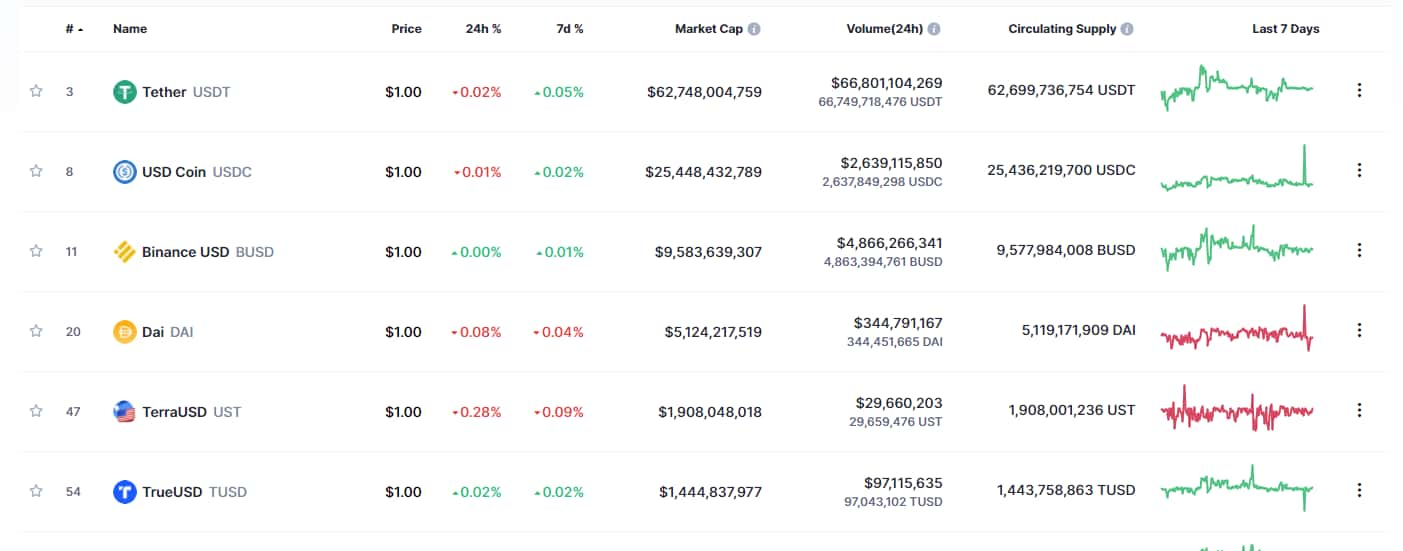The Development of Decentralized Finance (DeFi): A Comprehensive Overview
 Toluwanimi
Toluwanimi
INTRODUCTION
Decentralized Finance, also known as DeFi, has risen as a transformative force in the financial environment, disrupting traditional financial services and questioning existing standards. DeFi uses blockchain technology to establish an open and permissionless financial environment, allowing consumers to access a variety of financial services without the use of middlemen. This article investigates the evolution of DeFi, including its essential components, problems, and potential impact on the future of finance.
What is DeFi?
DeFi programs promote an open financial system in which regular people can lend, borrow, and exchange money through software rather than a bank.
Whereas the traditional banking industry charges hefty fees and can be a painful experience, DeFi provides financial services at a low cost with a few mouse clicks. Rather than using conventional dollars, DeFi uses cryptocurrencies.
Technologies required to run DeFi
Here are some of the basic technologies that enable DeFi.
Blockchain: DeFi applications are built on public blockchains or other forms of distributed ledger technology that enable the storing and movement of virtual currencies. This contrasts with typical financial apps, which employ fiat currency and rely on a single database managed by a financial institution.
Smart Contracts: DeFi applications require smart contracts, which execute code automatically when certain circumstances are met. After smart contracts are established on a public blockchain's peer-to-peer network, DeFi applications can support user activity with minimal human interaction. Depending on the smart contract's design, users can lend, borrow, or trade virtual currencies on platforms such as markets or exchanges.
Stablecoins: Stablecoins are used to represent the value of fiat currencies on decentralized blockchains. DAI, USDT, and USDC are three popular instances. The value of each of these is expected to remain at or near $1.00 USD. Because of their low volatility, stablecoins are an ideal choice for DeFi borrowing and lending systems. Stablecoin lending often yields a higher APR than other crypto assets. Borrowers frequently select stablecoins as a source of liquidity since their value does not fluctuate in response to market conditions.

Stablecoins are frequently utilized in DeFi apps that entail lending and borrowing
The Rise of Decentralized Exchanges (DEXs)
One of the first examples of DeFi was the establishment of decentralized exchanges (DEXs). Platforms such as Uniswap, which launched in 2018, use automated market makers (AMMs) and smart contracts to enable trustless and permissionless trading. This marked a break from typical centralized exchanges, giving customers more control over their assets while removing counterparty risk.
Decentralized Lending and Borrowing
As DeFi evolved, loan and borrowing methods became more prominent. Platforms like Compound and Aave enabled users to lend their cryptocurrency holdings and earn interest, as well as borrow assets by collateralizing their crypto holdings. This not only gave users new income streams, but it also broadened the potential for leveraging digital assets without relying on traditional banking institutions.
The Rise of Decentralized Stablecoins
Stablecoins, which are tied to fiat currencies or other assets, have played an important part in the DeFi ecosystem. Decentralized stablecoins, like DAI, gained stability by over-collateralization and algorithmic techniques, eliminating dependency on centralized entities and increasing the DeFi ecosystem's resistance to market volatility.
Yield Farming and Liquidity Mining
The advent of yield farming and liquidity mining added a new layer to DeFi. These methods motivated users to contribute liquidity to decentralized exchanges or participate in governance activities by providing appealing rewards in the form of more tokens. While these advances fostered rapid expansion, they also raised questions about the long-term viability and security of some DeFi protocols.
Challenges and Risks.
Despite its rapid growth, DeFi faces numerous hurdles and hazards. Smart contract weaknesses, regulatory difficulties, and the possibility of market manipulation are among the topics that have garnered attention. Furthermore, scalability remains an issue, as the current blockchain infrastructure may fail to meet the growing demand for DeFi services.
The Future Of DeFi
The future of DeFi looks bright, with ongoing advancements targeted at tackling existing difficulties and enhancing its capabilities. Layer 2 scaling solutions, greater security measures, and increased interoperability between multiple blockchain networks are some of the projects that could help DeFi achieve long-term success.
Conclusion
Since its conception, decentralized finance has advanced significantly, threatening existing financial systems and providing a new paradigm for financial services. While the path ahead may be difficult, the innovative spirit that drives DeFi continues to push the limits of what is possible in the world of finance. As the ecosystem evolves, it is critical to address risks, improve security, and foster collaboration among the DeFi community, regulators, and traditional financial institutions to ensure a long-term and inclusive future for decentralized finance. One thing is certain: DeFi innovation is here to stay, as it begins to disrupt traditional finance and bring better chances for lending, borrowing, trading, and more to individuals all over the world.
Subscribe to my newsletter
Read articles from Toluwanimi directly inside your inbox. Subscribe to the newsletter, and don't miss out.
Written by

Toluwanimi
Toluwanimi
I'm a technical writer with a strong background in technical communications, a passion for clear and concise documentation, translating complex technical information into user-friendly documentation